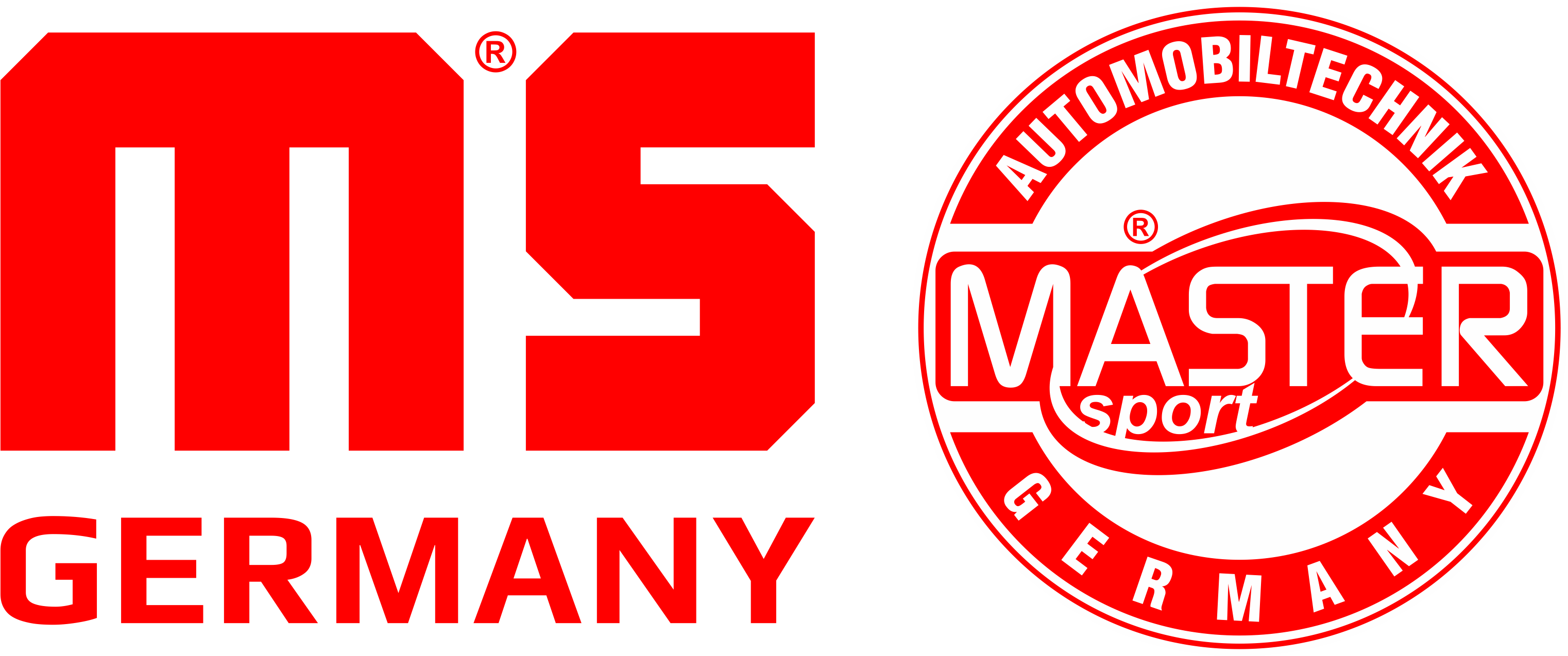Introduction
Multi-ribbed belts are a crucial component of every car’s drive system. They are responsible for transmitting power from the engine to various components, such as the alternator, water pump, and air conditioning. Over time, multi-ribbed belts can wear out, leading to various problems with vehicle operation. In this guide, you will learn how to check the condition of multi-ribbed belts and how to replace them yourself.
Why It’s Important to Maintain Multi-Ribbed Belts?
Multi-ribbed belts are essential for the proper functioning of many systems in your car. Their wear or damage can lead to failures such as:
- Battery not charging
- Engine overheating
- Malfunctioning air conditioning
Regular inspection and replacement of multi-ribbed belts help avoid these issues and ensure safe driving.
How to Check the Condition of Multi-Ribbed Belts?
Visual Inspection
- Open the car hood and locate the multi-ribbed belts. They are usually found at the front of the engine.
- Check if the surface of the multi-ribbed belts has any cracks, fraying, or clear signs of wear. Cracks may indicate the need for replacement.
- Make sure the multi-ribbed belts are properly tensioned. Belts that are too loose may slip and not transmit power properly.
Auditory Inspection
- Start the engine and listen. Whistling or squeaking sounds may indicate worn multi-ribbed belts.
Tension Measurement
- Use a special tool to measure the tension of the multi-ribbed belts. Ensure the tension is in line with the manufacturer’s recommendations.
How to Replace Multi-Ribbed Belts?
Preparation
- Ensure you have the right tools: wrenches, screwdriver, new multi-ribbed belts (suitable for your car model).
- Turn off the engine and let it cool before starting the work.
Removing the Old Belt
- **Locate the tensioner of the multi-ribbed belt. Use a wrench to loosen it, allowing the old belt to be removed.
- Carefully remove the old belt, noting its routing around the pulleys.
Installing the New Belt
- Compare the new belt with the old one to ensure they are identical.
- Place the new multi-ribbed belt on the pulleys following the routing diagram in your vehicle’s manual.
- Use the wrench on the tensioner to properly tension the new belt.
Check for Proper Installation
- After installing the new multi-ribbed belt, start the engine and check for any issues.
- Ensure the new belt does not make any unusual noises and is properly tensioned.
**Frequently Asked Questions about Multi-Ribbed Belts
How often should I check the multi-ribbed belts?
- It is recommended to check the multi-ribbed belts at least once every 6 months or with every oil change.
What happens if I don’t replace a worn multi-ribbed belt?
- An unreplaced worn multi-ribbed belt may break while driving, potentially causing severe damage to the engine and other components.
Can I replace multi-ribbed belts myself?
- Yes, if you have the right tools and basic mechanical skills, you can replace multi-ribbed belts yourself.
Conclusion
Regular inspection and replacement of multi-ribbed belts are key to the longevity and reliability of your car. This guide has shown you how to check and replace multi-ribbed belts in your vehicle. Remember, maintaining these components is an investment in safe and trouble-free driving.


